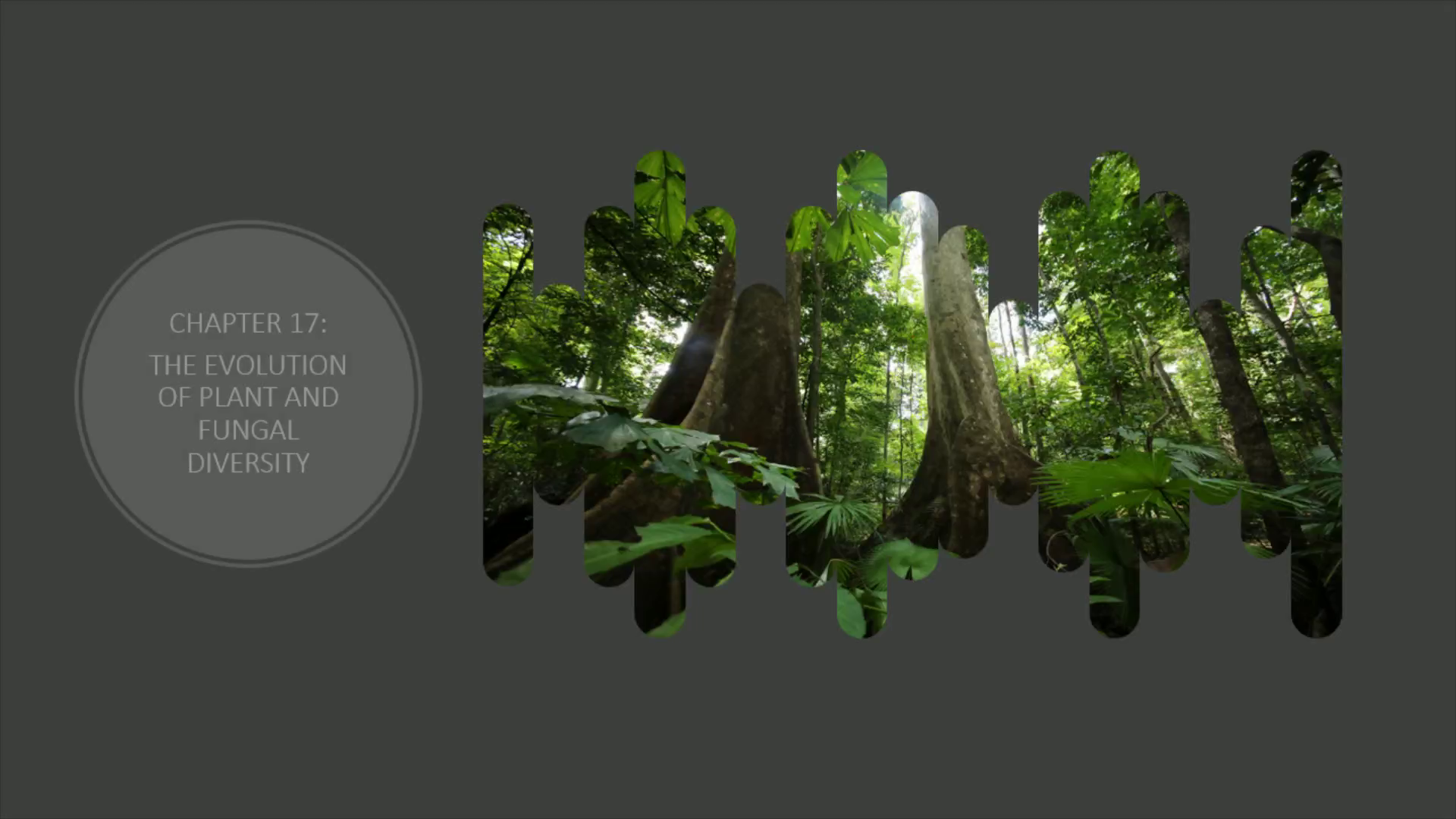
PowerPoint Presentation
Scene 1 (0s)
[Audio] Chapter 17: THE EVOLUTION OF PLANT AND FUNGAL DIVERSITY.
Scene 2 (7s)
[Audio] Evolution of Plant and Fungal diversity . Hello and welcome to our channel! Today we will be talking discussing one of the most fascinating topics in Biology: The evolution of plants and their adaptation to life on land. Today's Learning Objective: Describe the three major groups of plants ( Nonvascular, Seedless vascular and seed plants) and their evolutionary significance in the colonization of land..
Scene 3 (38s)
[Audio] The evolution of plants and fungi has played a critical role in shaping the history of life on Earth. From the earliest photosynthetic organisms to the diversity of plants and fungi that exist today, these organisms have colonized land, facilitated the movement of nutrients and water, decomposed organic matter, and formed mutualistic relationships with other organisms. Understanding the evolution of plant and fungal diversity not only provides insights into the history of life on Earth but also has important implications for the functioning of ecosystems and human society. In this presentation, we will explore the major groups of plants and fungi, their evolutionary history, their ecological significance, and the importance of conserving their diversity..
Scene 4 (1m 25s)
[Audio] 17.1 Plant have adaptations of life on land. Plants are one of the most diverse groups of organisms on Earth. They range from small, single-celled algae to towering trees. However, how did plants come to be so diverse, and how did they adapt to life on land? Let's start with the evolution of plants. The first plants evolved from aquatic green algae around 500 million years ago. These early plants were simple, moss-like organisms that lacked true roots, stems, or leaves. Over time, plants evolved more complex structures, including roots for anchoring in soil, stems for support and transport of water and nutrients, and leaves for photosynthesis. However, why did plants move onto land in the first place? The most widely accepted theory is that it was to escape predation by herbivorous aquatic animals. Plants had to adapt to a new environment with different challenges, such as dehydration, lack of support, and exposure to UV radiation. One of the key adaptations that allowed plants to survive on land was the development of a cuticle, a waxy layer on the surface of leaves and stems that helps prevent water loss. Another important adaptation was the evolution of stomata, specialized pores on the surface of leaves that allow for gas exchange while minimizing water loss..
Scene 5 (2m 58s)
[Audio] Plants also evolved a variety of reproductive strategies to survive on land. Some plants, such as ferns, reproduce using spores, while others, such as gymnosperms and angiosperms, produce seeds. Another major adaption of plants on land was the development of symbiotic relationships with fungi. Fungi helped plants absorb nutrients from the soil, while plants provided fungi with carbohydrates. In conclusion, the evolution of plants from aquatic green algae to the diverse group of organisms we see today was a long complex process. Plants had to adapt to a variety of challenges posed by life on land, including dehydration, lack of support, and exposure to UV radiation. However, through a series of adaptations, plants were able to thrive on land and become one of the most important groups of organisms on Earth. Thank you for watching this video, please stay tuned for more Biology content on Biolab2000..